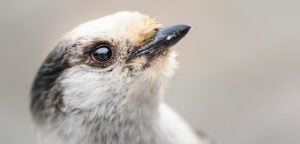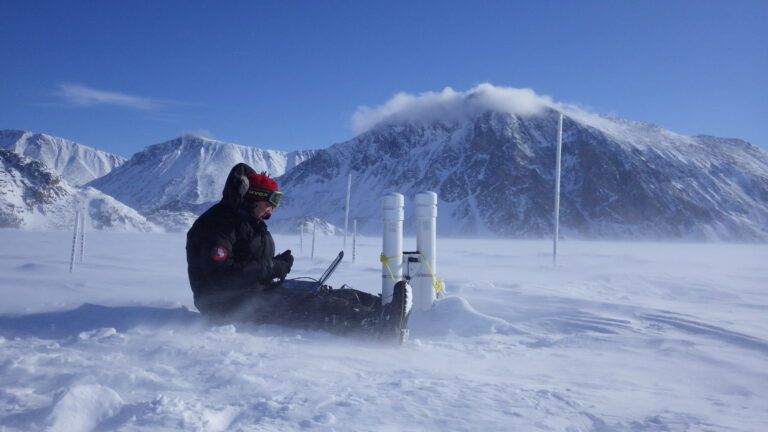
Science & Tech
20 Canadian innovations you should know about
Celebrating Canadian Innovation Week 2023 by spotlighting the people and organizations designing a better future
- 3327 words
- 14 minutes
This article is over 5 years old and may contain outdated information.
History

Growing fruit, although arguably a pleasant profession, is probably the greatest gamble on earth. So posits a feature story from a 1938 issue of the Canadian Geographical Journal (the former name of the magazine you know and love today).
The article, published in the September issue of that year and written by an M. B. Davis and R. L. Wheeler, details the early history of Canada’s apple industry and features a charming selection of photographs of early orchardists (see below).
Deemed the “king of fruits,” apples were first cultivated in Canada by early French settlers, with the first planted trees appearing in Nova Scotia’s Annapolis Valley around 1633. For a while, only one variety – the Fameuse, also known as the Snow apple – reached commercial importance. But when varieties from south of the border started seeping into the market, they were met with mixed feelings. The 1886 annual report of the Nova Scotia Fruit Growers’ Association stated that “American tree peddlers began to infest the country and though they are a fraud and a deception in many cases, yet on the whole, they have been a benefit to the country.”
The biggest obstacle to cultivating new apples, as is often the case in Canada, was climate. But, as is also often the case, Davis and Wheeler write that “without undue pessimism, the Candian apple grower faces the facts squarely.” The federal government launched a breeding campaign, and today close to 20 different varieties of apple are grown in Ontario alone.
While Nova Scotia can claim much of Canada’s early apple-related history, New Brunswick, Quebec, Ontario and British Columbia have since become players in the industry (with the creation of the Crimson Beauty, Fameuse, McIntosh Red, and Spartan apples under their belts, respectively).
Apple innovation has continued in Canada with the introduction of the Canadian-created Arctic Apple, which has been genetically modified to resist browning and thus, help reduce food waste.
Related: Nova Scotia genetics researcher revolutionizing apple agriculture








Are you passionate about Canadian geography?
You can support Canadian Geographic in 3 ways:

Science & Tech
Celebrating Canadian Innovation Week 2023 by spotlighting the people and organizations designing a better future

Travel
The trail started with a vision to link Canada coast to coast to coast. Now fully connected, it’s charting an ambitious course for the future.

People & Culture
A new book remembers famed the Onondaga distance runner and explores how Canada uses sport to police Indigenous bodies and identities

Wildlife
Canada jays thrive in the cold. The life’s work of one biologist gives us clues as to how they’ll fare in a hotter world.

Science & Tech
Celebrating Canadian Innovation Week 2023 by spotlighting the people and organizations designing a better future

People & Culture
The story of how a critically endangered Indigenous language can be saved